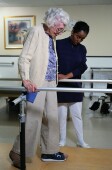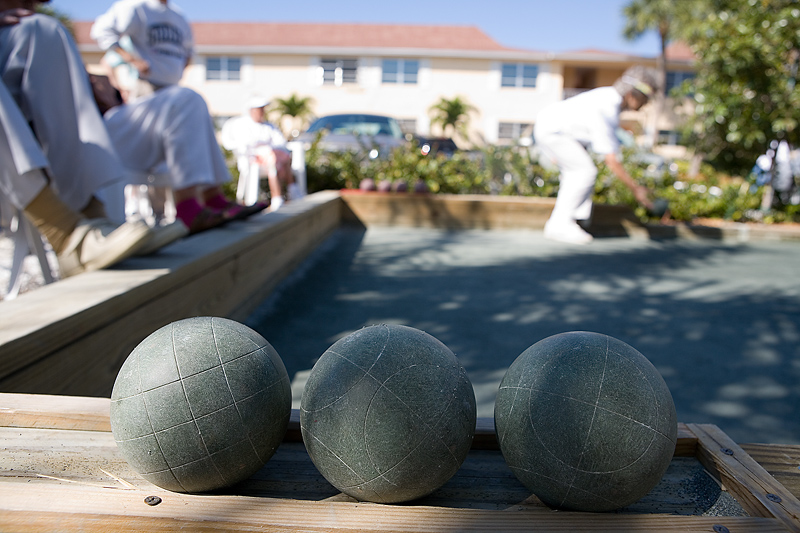
WEDNESDAY, May 12 (HealthDay News) — Elderly individuals who had fallen and then taken part in an intensive program to prevent falls were much less likely to fall again, a new study shows.
But proving something works is often a far cry from actually seeing it implemented, one expert noted.
“People have been proposing intervention programs like this for a long time,” said S. Jay Olshansky, a professor of public health and senior research scientist at the Center on Aging at the University of Illinois at Chicago. “We know that they work. The question is how much all of this costs,” he added.
“The bottom line is it’s sort of an elite intervention program that’s likely to be very expensive,” Olshansky said. “The entire older population is at risk for falls, so how would you implement a program like this? Having said that, it is very interesting they suggested it also improved activities of daily living, which is a good sign. Other normal functioning of these individuals improved as a result of the intervention.”
The study authors, from the University of Nottingham in England, noted that this type of intervention is already provided in many places in the United Kingdom.
“The cost implications of our research are speculative as we have not yet completed an economic evaluation . . . but we would hope that a reduction in falls could lead to maintenance of independence in activities of daily living, and therefore people not needing extra home care costs,” said study author Philippa Logan, postdoctoral researcher and occupational therapist at the School of Community Health Sciences at Nottingham. “We need to complete a larger study to see if there is an effect on the numbers of fractures, so we cannot say at this time that the intervention will reduce hospital days or surgery time.”
“It would be wonderful if we could implement this, but I’m afraid in the U.S. we spend a lot of money on things so if someone falls and calls an ambulance, the person goes to the emergency room, [and] the emergency room charges the government for the fee,” said Dr. Bernard Roos, director of geriatric research at the University of Miami Miller School of Medicine and Miami VA Hospital. “Nobody in the emergency room sends a person to evaluate the risk of falling so the patient keeps coming back. This is a wonderful model for what we should be doing.”
“Studies like this support the need for evidence-based education classes for community-dwelling seniors,” said Matthew Lee Smith, an assistant professor with Texas A&M Health Science Center School of Rural Public Health in College Station, Texas.
According to background information in the study, which was published online May 12 in BMJ, 25 percent of people aged 70 and over and 50 percent of those aged 80 and over fall every year. And these people will frequently fall again, leading to life-threatening injuries.
Although ambulances are often called, many individuals who have fallen aren’t actually taken to a hospital, the study authors stated.
For this study, 204 adults who were over 60 and who had called an ambulance after a fall but had not been taken to the hospital were randomly assigned to one of two groups.
The first group had access to specialists who helped them build strength and balance, and who offered suggestions for making their homes safer.
The second group of people “were advised by letter to use existing social and medical services as usual,” the authors wrote.
According to diaries kept by the participants and follow-up contact over one year, “the incidence rates of falls per year were 3.46 in the intervention group and 7.68 in the control group,” the study authors reported.
This amounted to a 55 percent decline in the rate of falls in the support group, a larger effect than seen in previous research, the authors stated.
People receiving the extra care and support also improved on measures of daily living (such as bathing, dressing and eating) and were less anxious about falling again.
Not surprisingly, people who fell less often were also less likely to call an ambulance and less likely to suffer fractures.
One question not addressed by the study authors was the extremely high mortality rate in both groups — about 15 percent, Olshansky pointed out.
The probability of an average 80-year-old dying in the United Kingdom is about 5.5 percent for a single year, said Olshansky, citing data from a national life table for the United Kingdom. For an average 70-year-old, it is about 1.9 percent.
“Why are at least three times more people dying than expected? That’s very odd,” he said.
More information
For advice on preventing falls, visit the U.S. Centers for Disease Control and Prevention.

